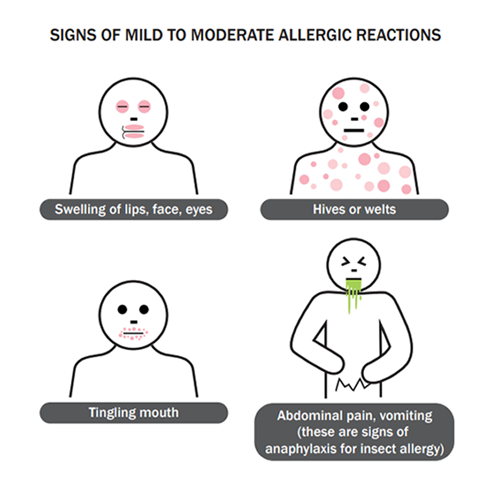The nurse is admitting a client to the acute care floor with methicillin-resistant S. aureus. The nurse would expect the physician to order which of the following medications for the client?
kanamycin (Kantrex)
vancomycin
streptomycin
penicillin
The Correct Answer is B
A. Kanamycin (Kantrex):
Kanamycin is an aminoglycoside antibiotic, but it is not commonly used as a first-line treatment for MRSA infections. Aminoglycosides are not typically preferred for treating MRSA because they are not as effective against these resistant bacteria compared to other agents like vancomycin.
B. Vancomycin:
Vancomycin is a glycopeptide antibiotic and is considered the drug of choice for the treatment of MRSA infections, including serious bloodstream infections, pneumonia, and skin and soft tissue infections. It works by inhibiting cell wall synthesis in bacteria, including MRSA.
C. Streptomycin:
Streptomycin is another aminoglycoside antibiotic, similar to kanamycin. Like kanamycin, streptomycin is not typically used as a first-line treatment for MRSA infections because it is less effective against resistant strains compared to other agents like vancomycin.
D. Penicillin:
Penicillin and other beta-lactam antibiotics are ineffective against MRSA because MRSA is resistant to these antibiotics, including methicillin. Therefore, penicillin would not be an appropriate choice for treating MRSA infections.
Nursing Test Bank
Naxlex Comprehensive Predictor Exams
Related Questions
Correct Answer is A
Explanation
A. Keep the serum drug level within the therapeutic margin:
This is the correct goal of monitoring peak and trough levels during antibacterial therapy. The therapeutic margin refers to the range of drug concentrations in the bloodstream that achieves optimal therapeutic effects while avoiding toxicity. By monitoring peak and trough levels, healthcare providers can adjust the dosing regimen to maintain drug levels within this therapeutic margin.
B. Increase the therapeutic effect of the drug by gradually decreasing the drug dose:
This statement is incorrect. Monitoring peak and trough levels is not about increasing the therapeutic effect of the drug by gradually decreasing the drug dose. Instead, it's about ensuring that the drug levels are maintained within the appropriate therapeutic range to achieve optimal efficacy without causing adverse effects.
C. Provide maximum physical comfort to the patient:
Monitoring peak and trough levels is not primarily aimed at providing physical comfort to the patient. While optimizing drug therapy can contribute to improved clinical outcomes and patient well-being, the goal of monitoring these levels is specifically related to achieving therapeutic drug concentrations.
D. Treat the main disorder with no psychological distress to the patient:
This statement is unrelated to the goal of monitoring peak and trough levels during antibacterial therapy. While psychological distress may be a consideration in patient care, the primary goal of monitoring drug levels is to ensure therapeutic efficacy and safety.
Correct Answer is B
Explanation
A. Headaches:
Headaches are a common symptom that can occur for various reasons, including stress, tension, dehydration, or as a side effect of medications. While headaches can sometimes occur as a side effect of certain drugs, they are not specific indicators of a drug allergy. Allergic reactions to medications typically involve other symptoms such as rash, hives, itching, swelling, or respiratory symptoms.
B. Hives or shortness of breath:
Hives (urticaria) are raised, red, itchy welts on the skin that can occur as an allergic reaction to medications. They are a common manifestation of drug allergies. Shortness of breath (dyspnea) can occur as part of a severe allergic reaction known as anaphylaxis. Anaphylaxis is a life-threatening allergic reaction characterized by a rapid onset of symptoms, including difficulty breathing, swelling of the throat or tongue, rapid heart rate, and low blood pressure. Both hives and shortness of breath are significant signs of a potential drug allergy and require immediate attention.
C. Diarrhea:
Diarrhea can occur as a side effect of medications, including antibiotics. However, it is not typically a specific indicator of a drug allergy. Diarrhea is more commonly associated with gastrointestinal disturbances or as a reaction to changes in gut flora due to antibiotic use.
D. Nausea:
Nausea is a common side effect of many medications, including antibiotics. While it can be bothersome, nausea alone is not a specific indicator of a drug allergy. Allergic reactions to medications typically involve other symptoms such as rash, hives, itching, swelling, or respiratory symptoms.

Whether you are a student looking to ace your exams or a practicing nurse seeking to enhance your expertise , our nursing education contents will empower you with the confidence and competence to make a difference in the lives of patients and become a respected leader in the healthcare field.
Visit Naxlex, invest in your future and unlock endless possibilities with our unparalleled nursing education contents today
Report Wrong Answer on the Current Question
Do you disagree with the answer? If yes, what is your expected answer? Explain.
Kindly be descriptive with the issue you are facing.
